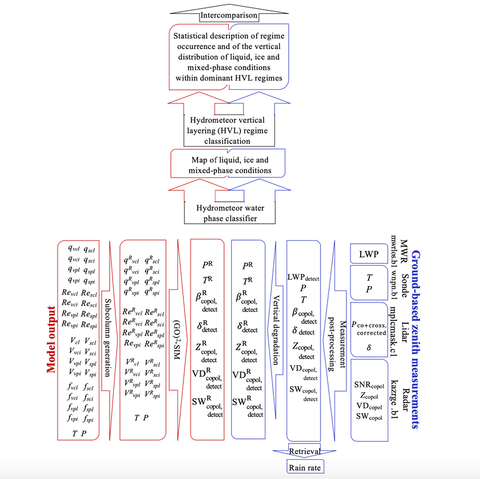Linking Global Circulation Models (GCMs) and Ground-Based Observations
General circulation model (GCM) evaluation using ground-based observations is complicated by inconsistencies in hydrometeor and phase definitions as well as by the scale gap between the two.

